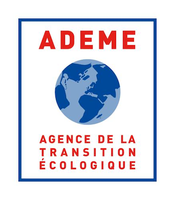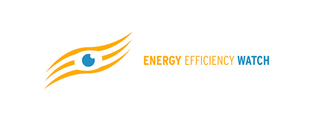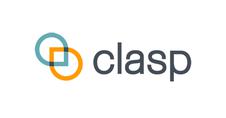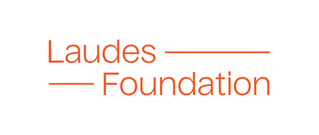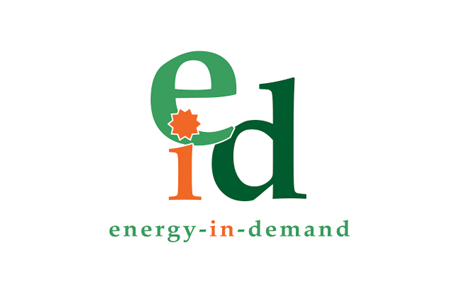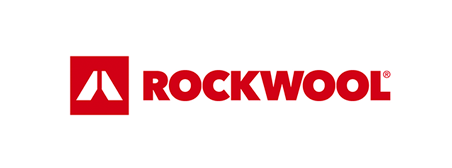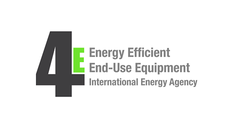Search eceee proceedings
Lower Efficiency but a Higher Efficiency Rating? A Case Study in Air Conditioner Circumvention under the ISO 16358:2013 Calculation Method
Panel: 8. Innovations in products, systems and building technologies
This is a peer-reviewed paper.
Authors:
Danielle Assafin, Brazilian National Institute of Metrology, Standardization, and Industrial Quality (Inmetro), Brazil
Hercules Souza, Brazilian National Institute of Metrology, Quality, and Technology (Inmetro), Brazil
Colin Taylor, CLASP
Ana María Carreño, CLASP, USA
Julio Conde Blanco, Centro de Ensayos, Innovación y Servicios, Spain
Abstract
Identifying and rewarding more efficient products is a key goal of energy efficiency labeling programs for air conditioners. Towards that end, many countries around the world, from Brazil to India to Thailand, have adopted energy efficiency standards and labeling policies based on variations of the ISO 16358:2013 calculation method, which is designed to estimate the energy performance of inverter air conditioners over the course of the year, in the form of the Cooling Seasonal Performance Factor (CSPF) metric. These policies have been crucial in creating a global market shift towards more efficient inverter air conditioners, reducing energy demand and CO2 emissions in the process. However, there is a major loophole in the ISO 16358:2013 calculation method that has allowed some manufacturers to achieve a better CSPF with a less efficient product.
This paper examines a case identified by the Brazilian National Institute of Metrology, Quality, and Technology (Inmetro) where some manufacturers operating in Brazil achieved a higher CSPF by substantially reducing their product’s efficiency during one of the tests used in the calculation of that metric. We explain how reducing efficiency during the testing process can exploit a loophole in the calculation method when using the option test point, as well as how policymakers can address this issue in a cost-effective manner in order to ensure that their energy efficiency policies are indeed promoting the most efficient products
Downloads
Download this presentation as pdf: 8-173-22_Assafin_pres.pdf
Download this paper as pdf: 8-173-22_Assafin.pdf
Panels of
1. Dynamics of consumption: less is more?
2. Efficiency and beyond: innovative energy demand policies
3. Policy, finance and governance
4. Monitoring and evaluation for a wise, just and inclusive transition
5. Towards sustainable and resilient communities
6. Energy-efficient and low-carbon mobility for all
7. Policies and programmes for better buildings
8. Innovations in products, systems and building technologies








